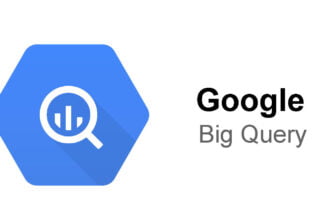Gapminder is non-profit organization that makes social, environmental and economic development data from all the countries of the world available and accessible to all, for free. They have also created the Gapminder World tool, which lets you plot these data variables in a scatterplot: for example, life expectancy versus per-capita income, with a point size of population. Then (and this is the cool bit), you can animate that scatterplot over time, and see how the relationship changes between (say) 1901 and 2001.
You can see this animation in action in the video
200 Years That Changed the World. Hans Rosling narrates as you see the countries of the world improve their life expectancy and income together from 1809 onwards. Called out for particular attention are relative behavior of China and the USA.
Rosling gave an entertaining speech at the 2006 TED conference to introduce Gapminer. His presentation there is a perfect illustration about how presenting data in an informative way, and coupling it with a compelling story, can make even “dry” data interesting. It’s not just the animation showing the progression over time that makes it compelling: his calling out individual countries,
…
Gapminder is non-profit organization that makes social, environmental and economic development data from all the countries of the world available and accessible to all, for free. They have also created the Gapminder World tool, which lets you plot these data variables in a scatterplot: for example, life expectancy versus per-capita income, with a point size of population. Then (and this is the cool bit), you can animate that scatterplot over time, and see how the relationship changes between (say) 1901 and 2001.
You can see this animation in action in the video
200 Years That Changed the World. Hans Rosling narrates as you see the countries of the world improve their life expectancy and income together from 1809 onwards. Called out for particular attention are relative behavior of China and the USA.
Rosling gave an entertaining speech at the 2006 TED conference to introduce Gapminer. His presentation there is a perfect illustration about how presenting data in an informative way, and coupling it with a compelling story, can make even “dry” data interesting. It’s not just the animation showing the progression over time that makes it compelling: his calling out individual countries, and especially drilling down beyond averages for regions and countries to show the variation within them, really makes this an effective presentation of the data. He remarks at the end that “statisticians don’t like this”, but I have no idea why: to me, this is an outstanding exploratory and (as he suggests) hypothesis-generating tool.
It would be great to create similar animated charts in R — anyone know a way to do that?








